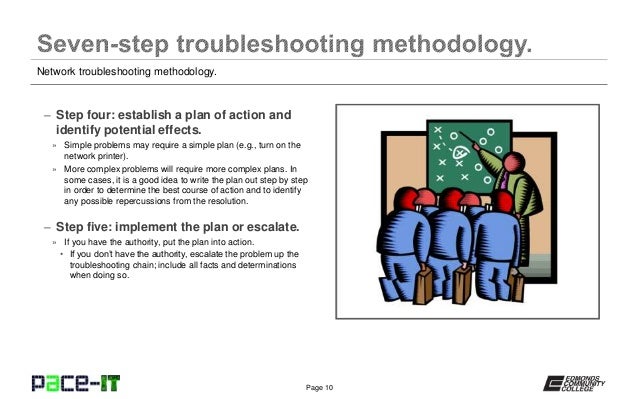7 STEPS FOR ELECTRICAL TROUBLESHOOTING
- Gather Information. The first step of any electrical system troubleshooting exercise involves gathering as much information about the problem as possible. Instead of immediately diving in and haphazardly attempting anything to get the equipment running, first step back and determine how is the equipment supposed to operate, what techinical documentation is available for the equipment, and is there someone familiar with similar equipment who may have experienced this same issue.
- Understand the malfunction and the role the malfunctioning equipment plays within the entire process. When you understand how the equipment and process is supposed to work, you can better understand what part of it is not functioning correctly.
- Identify what can be measured so that you can identify items that are outside the acceptable range. For example, are there voltage readings or tempurature readings that would help you evaluate the source of the problem?
- Identify the source of the problem using available data and analytical tools to isolate the defective component. This could involve isolating components and evaluating their circuit parameters or isolating the circuits by group when dealing with a complicated circuit.
- Correct/repair the damaged component.
- Verify the repair after completion. Once the repair has been performed, start the system to ensure it now runs as required. This is important because there may have been other underlying problems. For example, there may be an issue with a circuit causing a fuse to blow (such as a shorted electrical connection). If this is the case, additional troubleshooting will be required.
- Perform root cause analysis to determine what really caused the problem. Since one of the objectives of troubleshooting is to ensure the problem doesn't reoccur, it is important to determine what really caused the malfunction and take action to ensure a permanent solution is found.
As you begin your troubleshooting, it may feel that it takes more time to go through a full process. But, in the end, it will save time when you are able to isolate entire components from the process. If troubleshooting becomes too frustrating, ask for help. Sometimes bringing in a fresh set of eyes can more quickly uncover what you have been missing. Even if your objective is to pull in an outside resource, following your own troubleshooting plan will speed the process because you will be able to provide the detailed information to those you contract to help.
Troubleshooting an electrical system fault can be a challenging, but ultimately rewarding, task. It's exciting to see your efforts work out. Good Luck!



0 Response to "7 STEPS FOR ELECTRICAL TROUBLESHOOTING"
Post a Comment